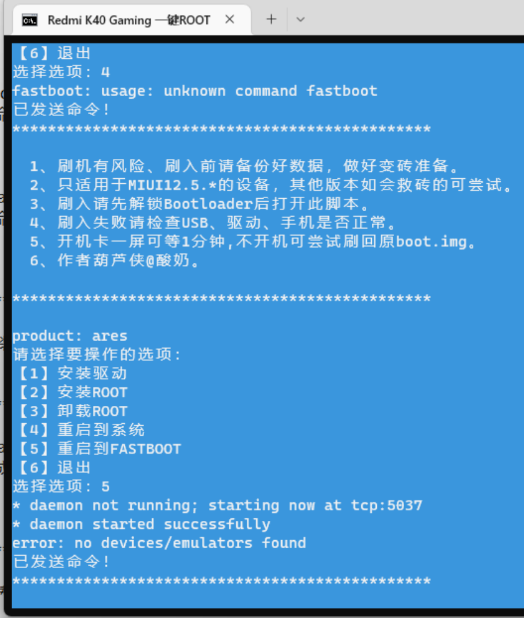
在debian系統(tǒng)中維護(hù)Swagger文檔,可以參考以下步驟和建議:
添加依賴
假如你的項目采用maven進(jìn)行管理,那么在 pom.xml 文件中添加以下依賴:
<dependency><groupid>io.springfox</groupid><artifactid>springfox-boot-starter</artifactid><version>3.0.0</version></dependency>
設(shè)置Swagger配置
在spring boot項目的 application.yml 文件里,添加如下配置:
springfox: documentation: swagger-ui: enabled: true
在項目內(nèi)整合Swagger
在Controller中運(yùn)用注解:
package com.example.demo.controller; import io.swagger.annotations.*; import org.springframework.web.bind.annotation.*; @RestController @RequestMapping("/api") @Api(tags = "Sample API") public class SampleController { @GetMapping("/hello") @ApiOperation(value = "Returns a greeting message") public String sayHello() { return "Hello, World!"; } }
打開Swagger UI
啟動項目后,打開瀏覽器,訪問 https://www.php.cn/link/6830bfbdb545d5f230744b3cce1f44c6。
對Swagger文檔實施密碼保護(hù)及登錄驗證
- 創(chuàng)建一個中間件類:在項目根目錄創(chuàng)建一個 SwaggerAuthMiddleware.cs 的類,用于實現(xiàn)訪問API文檔的登錄驗證與登出功能。
public class SwaggerAuthMiddleware { private readonly RequestDelegate _next; private readonly string _userName = "admin"; private readonly string _password = "password"; public bool _flag = true; public SwaggerAuthMiddleware(RequestDelegate next) { _next = next; } public async Task InvokeAsync(httpContext context) { if (context.Request.Path.StartsWithSegments("/swagger-ui") && _flag) { context.Request.Headers.Remove("Authorization"); context.Response.Headers["WWW-Authenticate"] = "Basic"; context.Response.Headers["Hello"] = "World"; context.Response.StatusCode = (int)HttpStatusCode.Unauthorized; _flag = false; return; } _flag = true; string authHeader = context.Request.Headers["Authorization"]; if (authHeader != null && authHeader.StartsWith("Basic")) { var header = AuthenticationHeaderValue.Parse(authHeader); var base64 = Convert.FromBase64String(header.Parameter); var credentials = Encoding.UTF8.GetString(base64).Split(':'); var username = credentials[0]; var password = credentials[1]; if (username.Equals(_userName) && password.Equals(_password)) { return; } } context.Response.StatusCode = (int)HttpStatusCode.Unauthorized; await _next(context); } }
- 配置中間件:在 Startup.cs 中配置中間件:
public void Configure(IApplicationBuilder app, IWebHostEnvironment env) { app.UseMiddleware<swaggerauthmiddleware>(); // 其他中間件和路由配置 } </swaggerauthmiddleware>
通過上述方法,你便能夠在Debian系統(tǒng)上維護(hù)和管理Swagger文檔,并保障其安全性。
升級Swagger版本
在Debian系統(tǒng)上升級Swagger(通常是Swagger UI或Swagger Editor),可按以下步驟操作:
-
升級Swagger UI:
- 若尚未安裝Swagger UI,先安裝:
使用npm全局安裝Swagger UI:
sudo npm install -g swagger-ui-express
已經(jīng)安裝Swagger UI的話,可通過npm更新它:
sudo npm update -g swagger-ui-express
若要安裝指定版本的Swagger UI,可用以下命令:
sudo npm install -g swagger-ui-express@version
將 version 替換為你所需的Swagger UI版本號。
-
升級Swagger Editor:
- 若未安裝Swagger Editor,先安裝:
sudo apt updatesudo apt install nodejs npm
使用npm全局安裝Swagger Editor:
sudo npm install -g swagger-editor-cli
已經(jīng)安裝Swagger Editor的話,可通過npm更新它:
sudo npm update -g swagger-editor-cli
如需安裝特定版本的Swagger Editor,可用以下命令:
sudo npm install -g swagger-editor-cli@version
將 version 替換為你需要的Swagger Editor版本號。
希望這些指南能夠協(xié)助你在Debian系統(tǒng)上順利維護(hù)和管理Swagger文檔。
? 版權(quán)聲明
文章版權(quán)歸作者所有,未經(jīng)允許請勿轉(zhuǎn)載。
THE END
.jpg)















.png)
